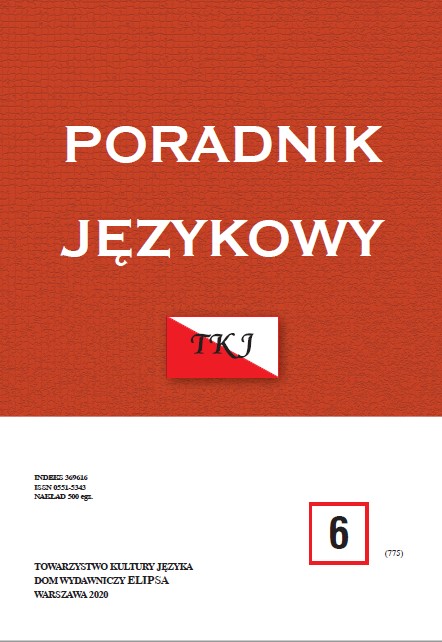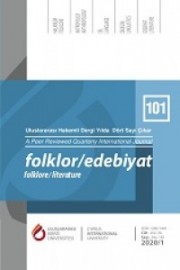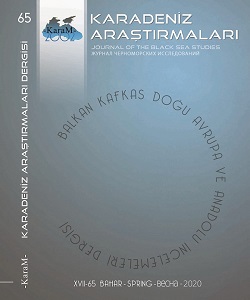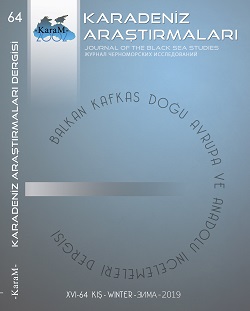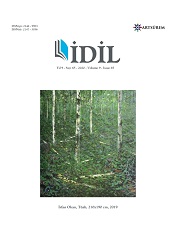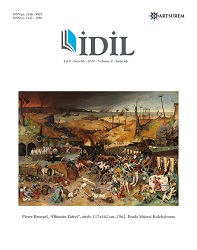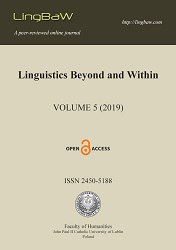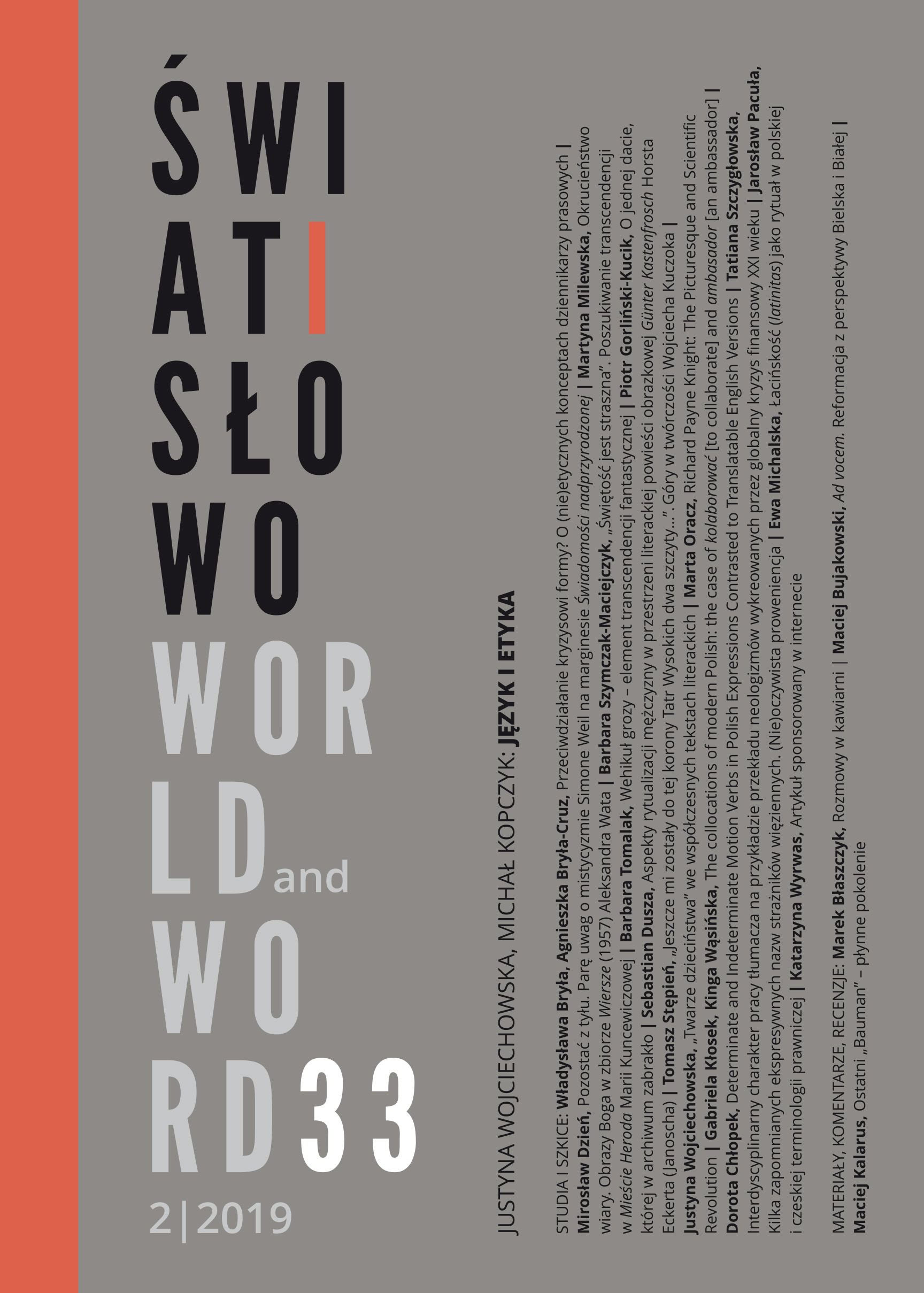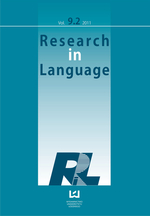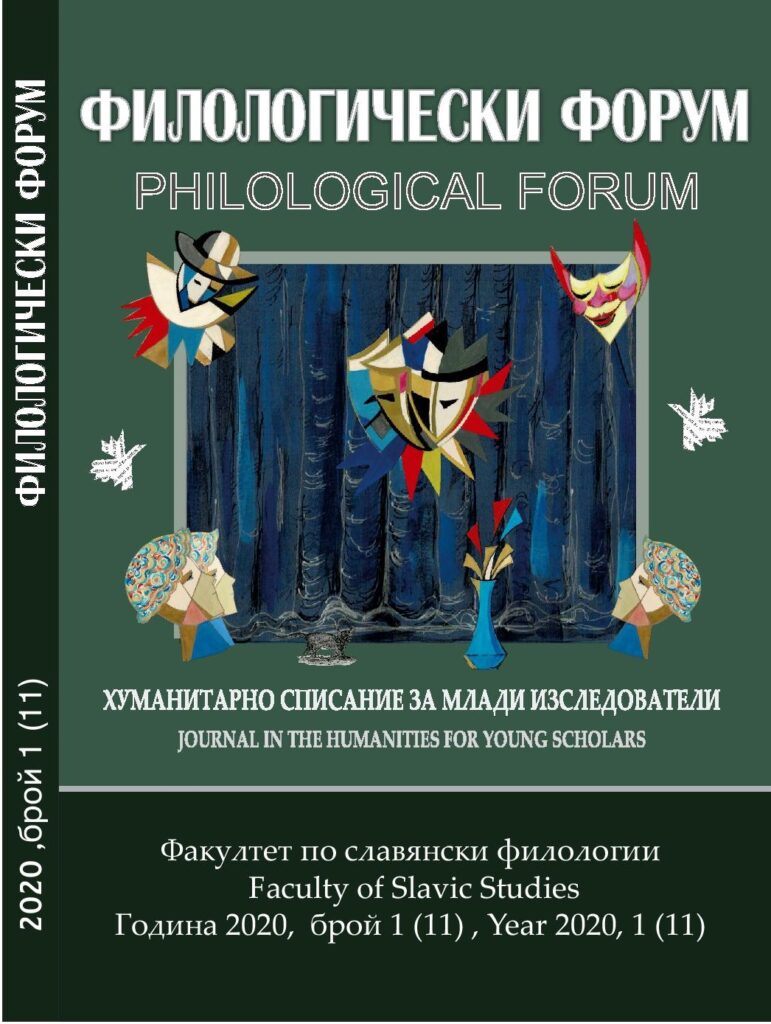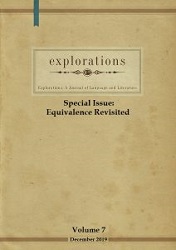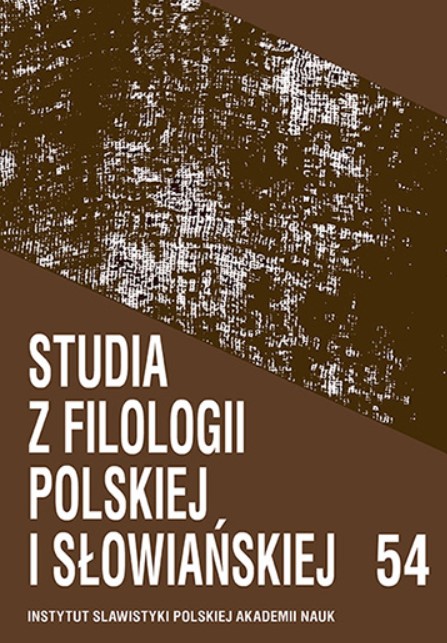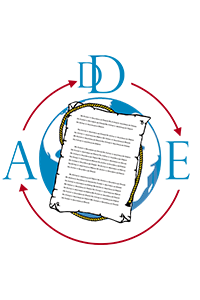
Sevim Ak Öykülerindeki Deyimler Üzerine Bir İnceleme
Culture and vocabulary are among the fundamental elements of the identity of a language. The culture reflects itself in the nature of the words, and therefore in the language. The changes in the vocabulary of a language display themselves in the culture in return. An investigation into these reflections can yield valuable insights regarding changes in a language over time as well as the syntactic features of a language and cultural values. Vocabulary of a language encompasses many linguistic elements such as proverbs, idioms, reduplications. These elements reveal themselves most vividly in spoken and written cultural productions. Analyzing these lexical units in literary works written both for children and adults may allow us identify the level and structure of the language, the use of lexical elements, and cultural values. To this end, this particular study aims to examine the idioms employed in the stories by Sevim Ak as well as analyze their semantic values for the text. For the analyses of the lexical elements, idioms were specifically chosen because they are widely used both in daily life and other areas and they suggest clues for linguistic and cultural elements. This study is a descriptive study in which 19 stories by Sevim Ak and idioms used in these stories were found. The findings revealed that the author utilized idioms to a great extent, therefore, contributed to its originality and semantic richness. Moreover, they were found to be useful in developing children's vocabulary knowledge and enhance their conceptual understanding.
More...
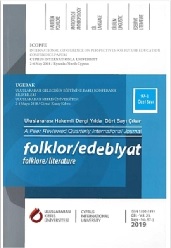
![Polskie nazwy pojazdów lotniczych na podstawie Wojskowego słowniczka lotniczego polsko-francusko-niemiecko-rosyjskiego [1922]](/api/image/getissuecoverimage?id=picture_2020_55202.jpg)
